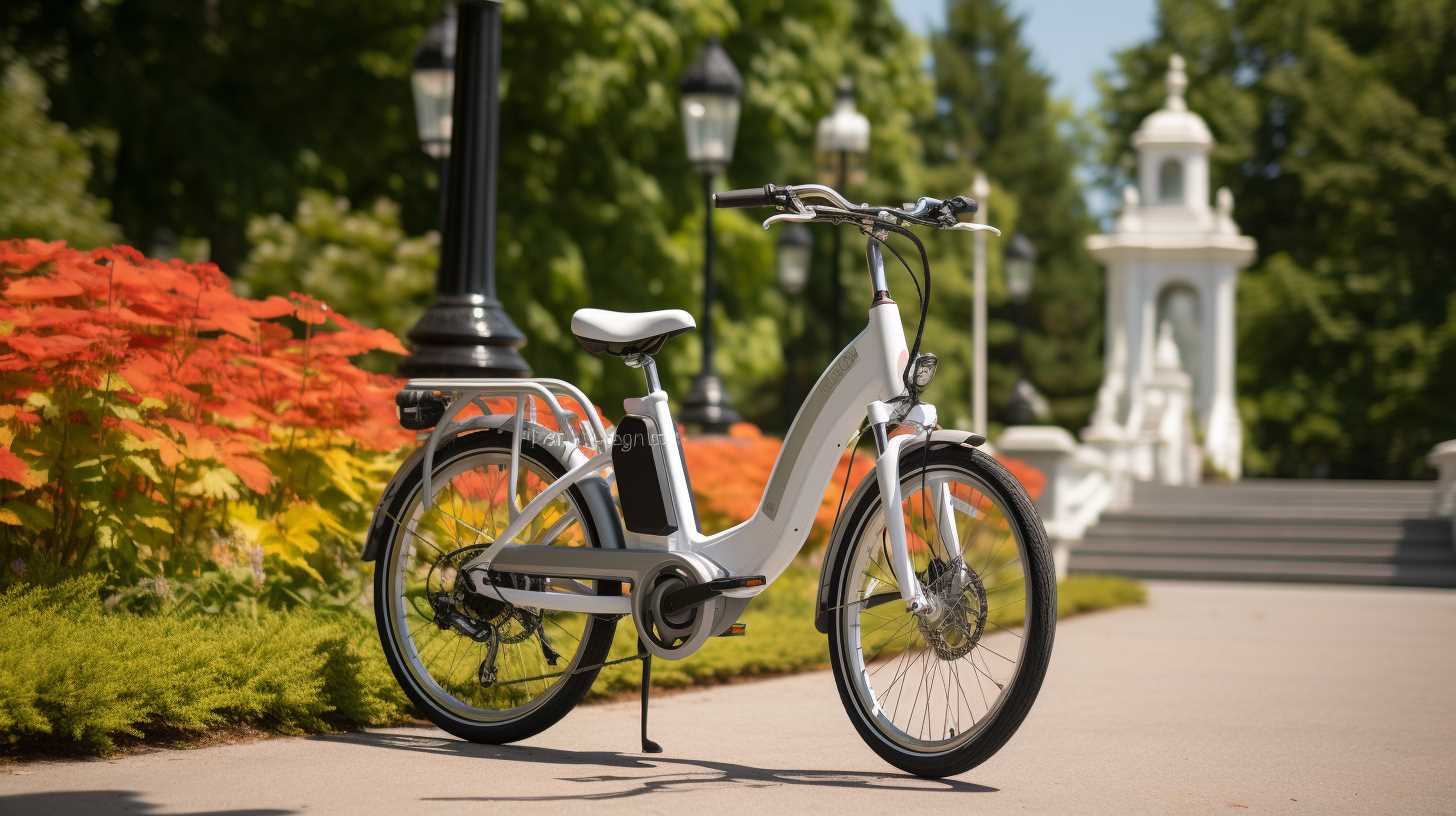
Do Ebikes Use Lead-Acid Batteries?

Ebikes today mainly use lithium-ion batteries for their superior performance and longevity, replacing lead-acid batteries from earlier models. Lithium-ion batteries offer higher energy density, extended lifespan, and are lightweight compared to lead-acid counterparts. Lead-acid batteries were once common due to affordability, but they have shorter lifespans, are heavier, bulky, and have limited energy capacity. The shift to lithium-ion batteries has significantly improved the efficiency and overall riding experience of ebikes. Understanding the battery types in ebikes can greatly impact your biking journey. Dig deeper into how ebike batteries have evolved to optimize your rides.
Types of Batteries in Ebikes
The assortment of batteries used in ebikes plays a pivotal role in determining their performance and efficiency.
Lithium-ion batteries are the most common choice for modern ebikes due to their high energy density, lightweight nature, and long lifespan. These batteries offer a good balance between power output and weight, making them ideal for electric bikes.
Nickel-metal hydride (NiMH) batteries are another option, known for their durability and eco-friendliness. However, they are bulkier and heavier compared to lithium-ion batteries.
When selecting an ebike, it's important to take into account the type of battery it uses to ensure safe and efficient performance. Keeping the battery well-maintained and following manufacturer guidelines will help prolong its lifespan and maintain safe operation.
Evolution of Ebike Batteries
With the growing demand for more efficient and powerful ebikes, the evolution of ebike batteries has been a critical focal point in enhancing overall performance and usability.
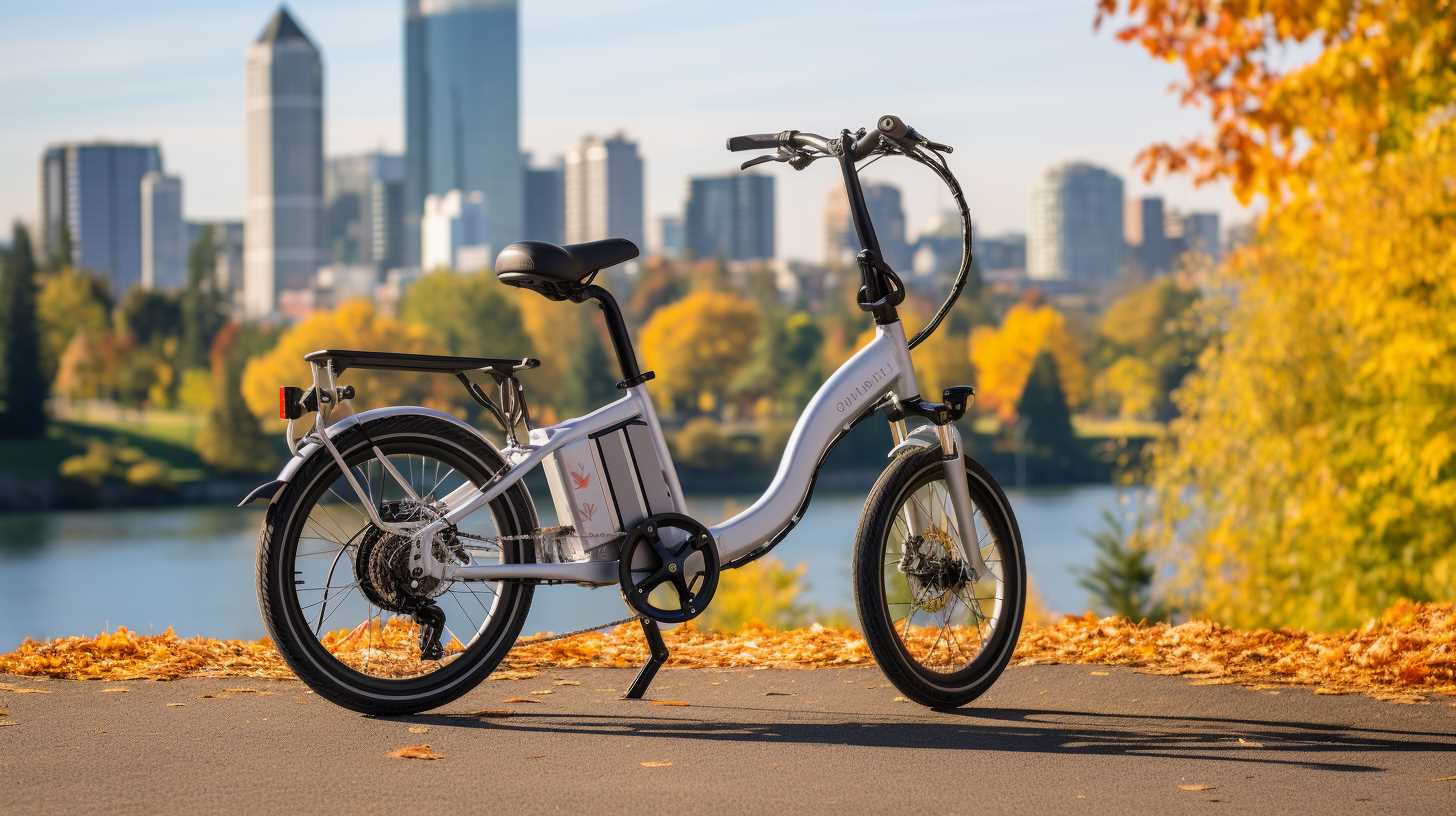
Initially, lead-acid batteries were common in early ebikes due to their affordability, but their heavy weight and limited lifespan posed safety and efficiency concerns. As technology progressed, nickel-cadmium and nickel-metal hydride batteries offered better performance but still had drawbacks like memory effect and lower energy density.
The breakthrough came with the widespread adoption of lithium-ion batteries in ebikes. These batteries are lightweight, have high energy density, and longer lifespans, making them safer and more efficient for riders.
The evolution of ebike batteries continues to advance, with PushPedalCrank a focus on improving safety, performance, and sustainability.
Advantages of Lithium-Ion Batteries
Lithium-ion batteries offer several key advantages for e-bikes. They have a longer lifespan compared to lead-acid batteries, providing more extended use before needing replacement.
Additionally, lithium-ion batteries boast higher energy density and faster charging capabilities, making them a more efficient and convenient power source for electric bikes.
Lithium-Ion Battery Lifespan
In the world of electric bicycles, the durability and longevity of lithium-ion batteries stand out as an important advantage over other battery types. Lithium-ion battery lifespan is a vital factor to keep in mind for a safe and reliable riding experience.
Here are five important points to understand about the lifespan of lithium-ion batteries:
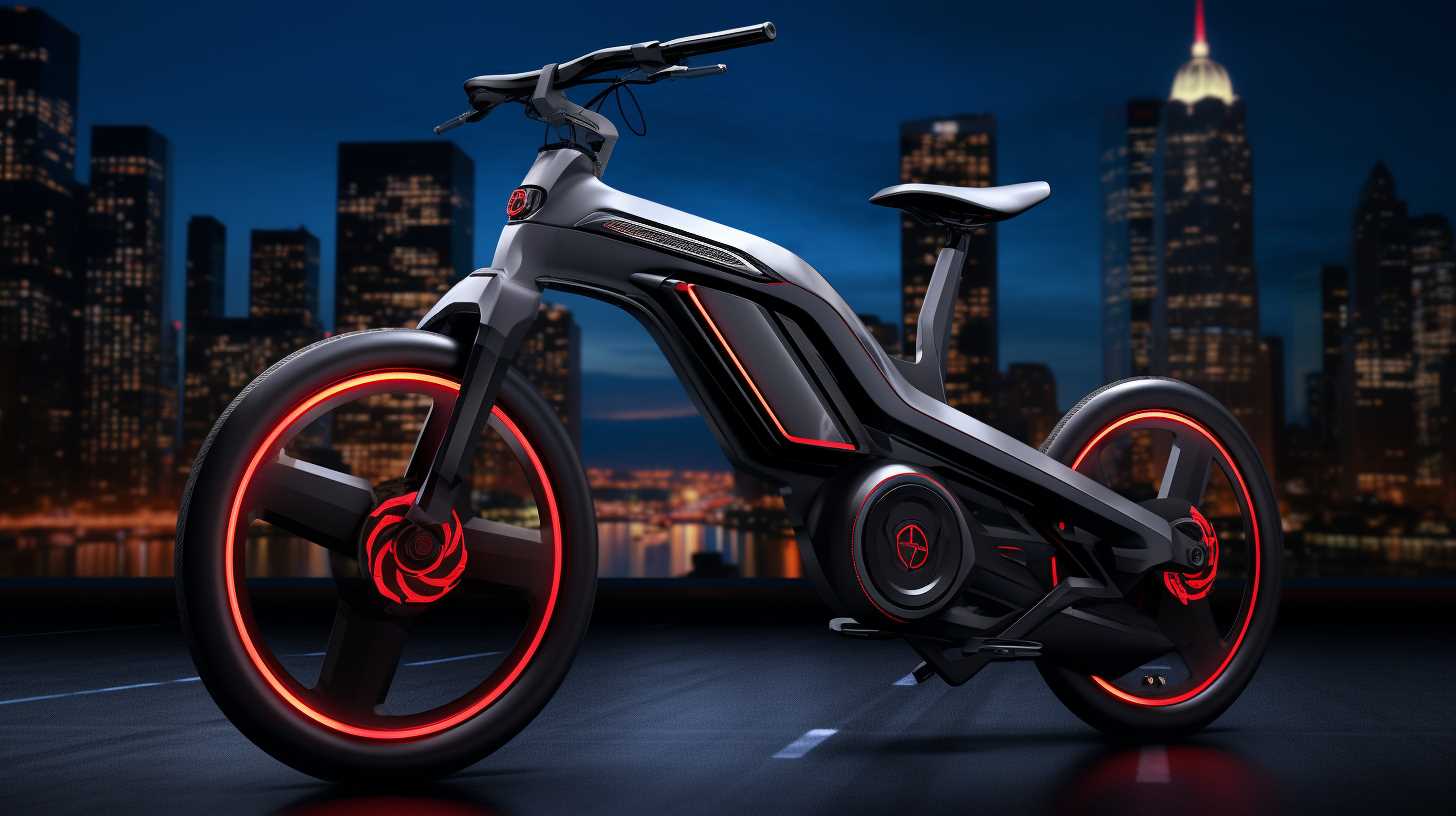
- Regular maintenance, such as avoiding deep discharges, can help prolong the battery's life.
- Storing the battery at moderate temperatures extends its lifespan.
- Lithium-ion batteries have a lower self-discharge rate compared to other battery types, making them more reliable over time.
- Following manufacturer guidelines for charging cycles and practices can maximize the battery's longevity.
- Quality of the battery and charging equipment can significantly impact the lifespan of a lithium-ion battery.
Higher Energy Density
Electric bicycles powered by lithium-ion batteries offer a notable advantage in terms of higher energy density compared to other battery types, making them a preferred choice for efficient and long-lasting performance.
The higher energy density of lithium-ion batteries means they can store more energy in a smaller and lighter package, providing extended range and improved overall performance for electric bikes.
This increased energy density allows riders to travel longer distances on a single charge, promoting safer and more reliable transportation.
Additionally, the compact nature of lithium-ion batteries contributes to a sleeker design and better weight distribution on ebikes, enhancing stability and control for riders.
With this advanced technology, users can enjoy a safer and more enjoyable riding experience while benefiting from the extended range and efficiency provided by lithium-ion batteries.
Faster Charging Capabilities
With the advancement of battery technology in electric bicycles, one notable advantage that stands out is the improved charging capabilities offered by lithium-ion batteries. These batteries can be recharged more quickly than traditional lead-acid batteries, providing convenience and efficiency for riders.
The faster charging capabilities of lithium-ion batteries contribute to a smoother riding experience and reduce downtime for recharging. Additionally, quick charging helps to prolong the overall lifespan of the battery by minimizing the time spent in a fully discharged state. This feature promotes safety by ensuring that the battery is ready for use when needed, reducing the risk of unexpected power loss during rides.

Ultimately, the improved charging capabilities of lithium-ion batteries enhance the overall performance and usability of electric bicycles.
- Reduced waiting time for recharging
- Increased convenience for riders
- Enhanced efficiency in battery usage
- Extended battery lifespan
- Improved safety through reliable power supply
Disadvantages of Lead-Acid Batteries
Lead-acid batteries, commonly used in older ebike models, come with several drawbacks. These batteries tend to have a short lifespan, requiring frequent replacements.
Additionally, they are heavy and bulky, which can impact the overall weight and maneuverability of the ebike.
Moreover, lead-acid batteries have limited energy capacity compared to newer lithium-ion options, resulting in shorter riding distances per charge.
Short Battery Lifespan
One significant drawback of lead-acid batteries is their limited lifespan compared to other battery technologies. Lead-acid batteries are prone to deterioration over time, which can affect their performance and reliability. Here are some reasons why the short battery lifespan of lead-acid batteries can be a concern for users:
- Frequent Replacements: Lead-acid batteries may need to be replaced more often than other types of batteries.
- Reduced Efficiency: As lead-acid batteries age, their efficiency and capacity tend to decrease.
- Maintenance Demands: These batteries require regular maintenance to prolong their lifespan.
- Risk of Sudden Failure: The likelihood of sudden battery failure increases as the battery ages.
- Environmental Impact: Disposal of lead-acid batteries must be done carefully due to their toxic components.
Heavy and Bulky
The weight and size of lead-acid batteries pose significant drawbacks, contributing to their heavy and bulky nature. This heaviness can make handling and transporting these batteries challenging, especially when considering safety aspects. Due to their weight, lead-acid batteries may require special equipment or assistance to move them safely.
Their bulkiness also adds to the difficulty of fitting them into certain spaces or compartments on electric bikes, potentially affecting the overall design and balance of the vehicle. When operating electric bikes with these batteries, riders need to be mindful of the added weight and size to maintain stability and ensure safe maneuvering.
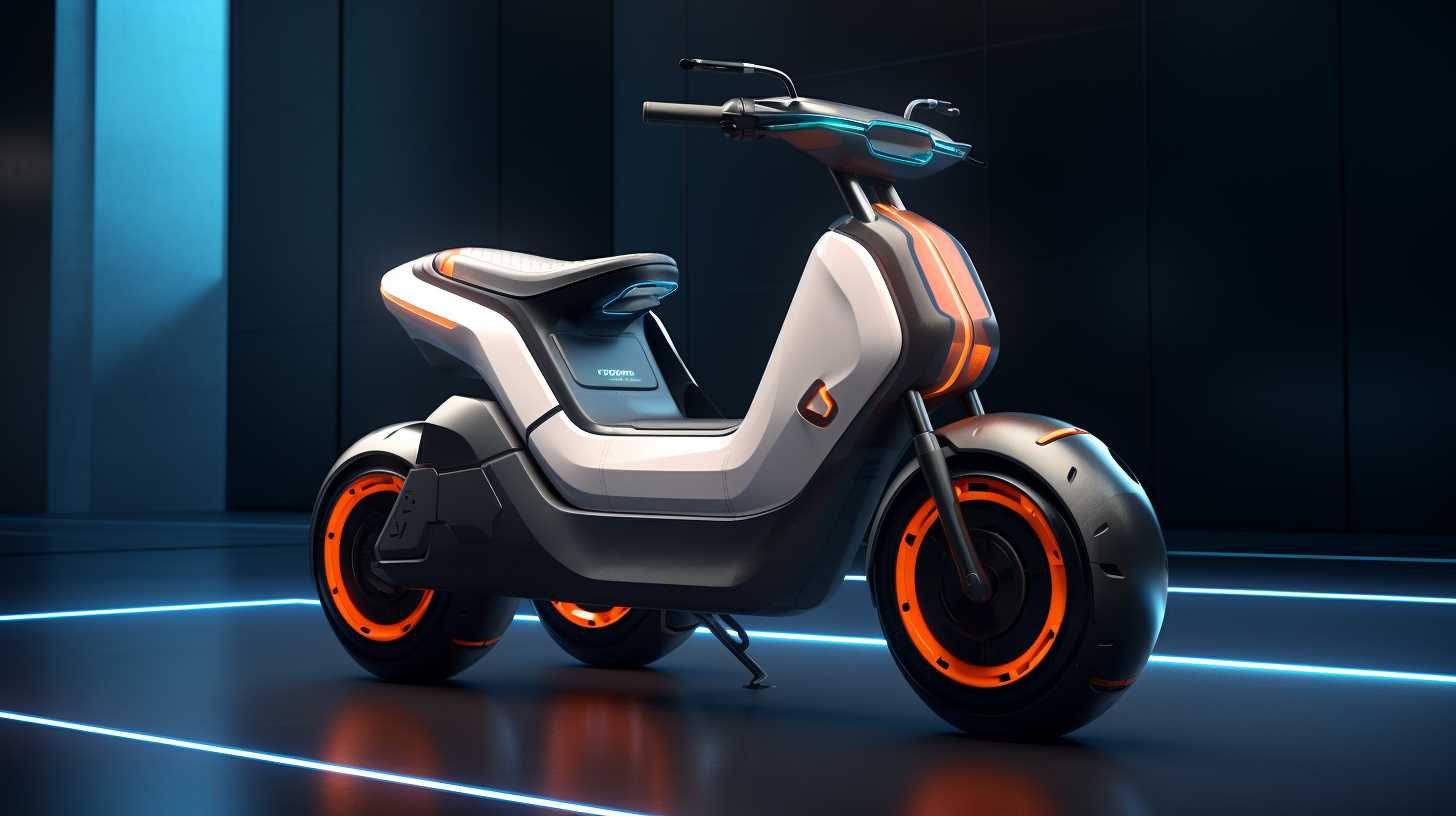
Considering these factors is essential for maintaining a secure and enjoyable riding experience.
Limited Energy Capacity
With a restricted energy storage capacity compared to modern lithium-ion best ebike alternatives, lead-acid batteries present a notable limitation in powering electric bikes efficiently. When considering the limited energy capacity of lead-acid batteries, it is essential for riders to plan their journeys carefully and be mindful of potential recharging points.
Here are five key points to highlight the impact of limited energy capacity on ebike usage:
- Reduced range per charge necessitates more frequent recharging stops.
- Limited battery capacity may not support long-distance rides.
- Riders should carry backup batteries for extended trips.
- Regular monitoring of battery levels is essential to avoid sudden power loss.
- Awareness of energy limitations is crucial for maintaining a safe riding experience.
Environmental Impact of Ebike Batteries
Ebikes, powered by various battery types, have varying environmental impacts, with their batteries playing a significant role in sustainability considerations. Lithium-ion batteries, commonly used in ebikes, are more environmentally friendly than lead-acid batteries due to their higher energy efficiency and lower toxic materials.
However, lithium-ion batteries still pose challenges in terms of disposal and recycling. Proper disposal methods are essential to prevent environmental harm from heavy metals and chemicals. Recycling programs for lithium-ion batteries are developing but need improvement to minimize their impact on the environment.
As the demand for ebikes increases, manufacturers are exploring more sustainable battery options to reduce environmental consequences. Consumers should prioritize proper battery disposal and support advancements in eco-friendly battery technologies for a greener future.
Future Trends in Ebike Battery Technology
In the world of electric bicycles, advancements in battery technology are shaping the future landscape of sustainable transportation. As the demand for safer and more efficient ebike batteries grows, manufacturers are focusing on developing innovative solutions.
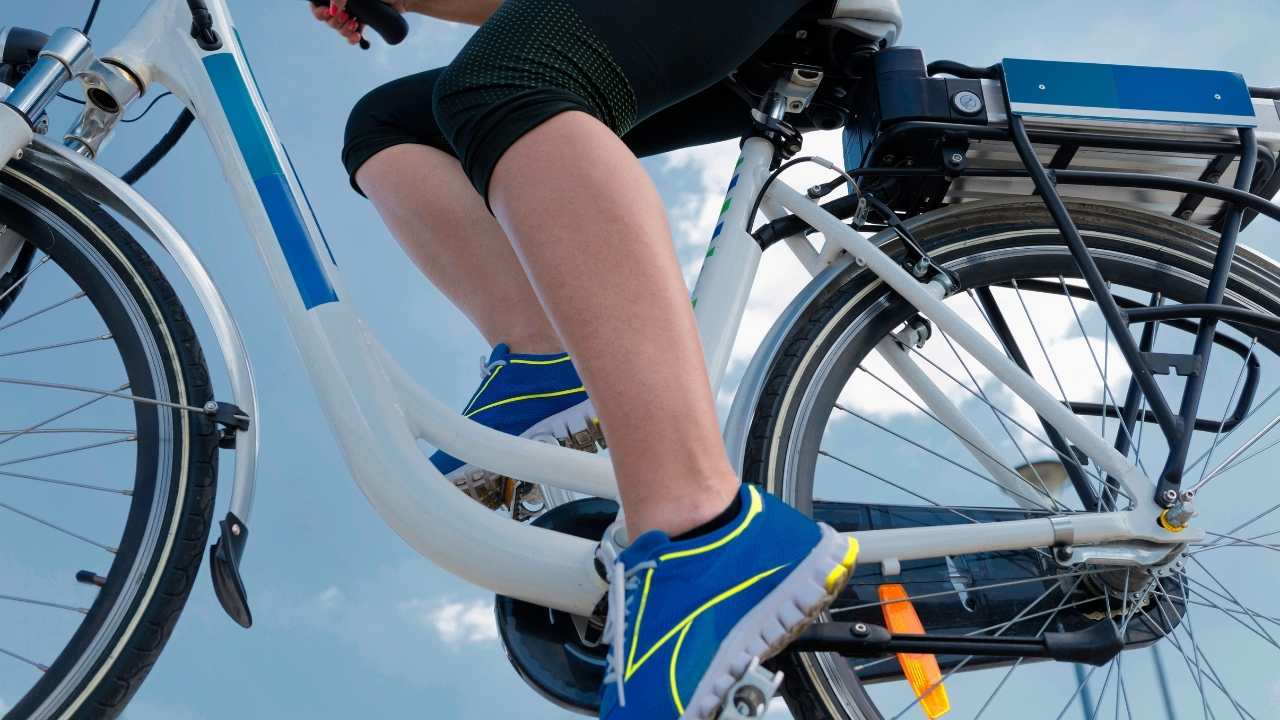
Some future trends in ebike battery technology include:
- Integration of smart battery management systems for improved safety.
- Use of lithium-ion cells with higher energy densities for longer rides.
- Development of fast-charging capabilities to reduce downtime.
- Implementation of thermal management systems to prevent overheating.
- Exploration of alternative materials for eco-friendly and sustainable battery production.
These trends not only aim to boost performance but also prioritize safety, offering riders a reliable and secure ebiking experience.
Frequently Asked Questions
Are Lead-Acid Batteries in Ebikes Harmful to the Environment?
Lead-acid batteries, commonly found in various devices, pose environmental risks due to their toxic components. Improper disposal can lead to soil and water contamination. It is important to handle and recycle such batteries responsibly to minimize environmental harm.
Can Lithium-Ion Batteries Be Used in Older Ebike Models?
Lithium-ion batteries can often be retrofitted into older ebike models, offering improved performance and energy efficiency. However, it is important to verify compatibility and follow safety precautions to prevent damage and hazards.
Do Lead-Acid Batteries Have a Shorter Lifespan Compared to Lithium-Ion Batteries?
Lead-acid batteries generally have a shorter lifespan compared to lithium-ion batteries due to their chemistry and maintenance requirements. Lithium-ion batteries offer better longevity and performance for ebikes, making them a more popular choice among users.
Are There Any Safety Concerns Specific to Lead-Acid Batteries in Ebikes?
Safety concerns specific to lead-acid batteries in ebikes include potential acid leaks, heavy weight impacting bike handling, and lower energy density. Proper maintenance and handling are essential to mitigate risks associated with these batteries.
What Advancements Can We Expect in Ebike Battery Technology in the Future?
Future advancements in ebike battery technology promise longer ranges, quicker charging times, and increased durability. Innovations such as solid-state batteries and improved energy densities are on the horizon. These developments aim to boost safety, performance, and overall user experience.
